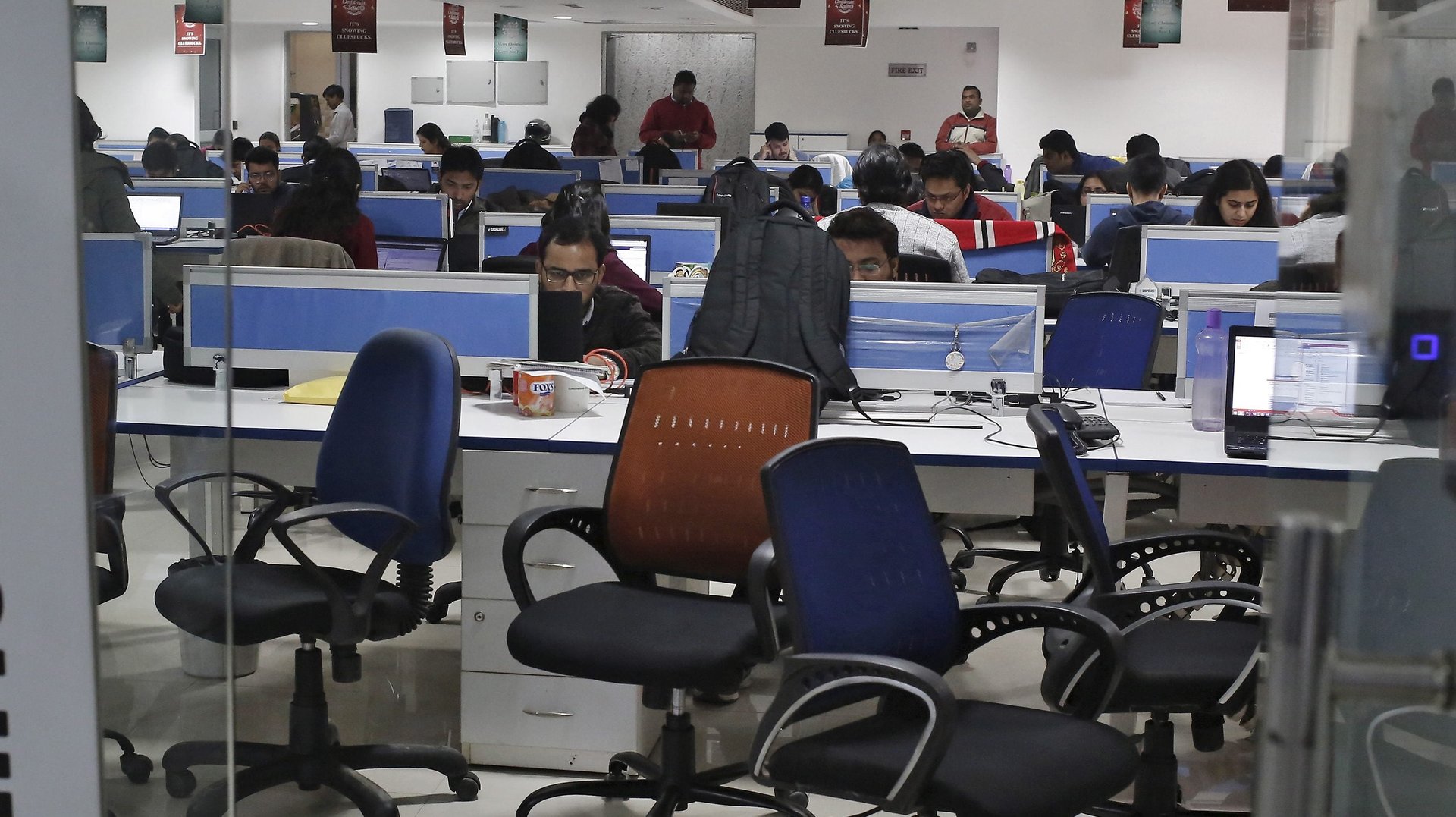Even with a mere 10% salary hike, Indians will top Asia Pacific in 2020
Indians are going to receive the biggest hikes in the Asia-Pacific next year, even if it is only going to be a marginal change from this year’s raise.


Indians are going to receive the biggest hikes in the Asia-Pacific next year, even if it is only going to be a marginal change from this year’s raise.
The 10% raise Indians are slated to receive in 2020 won’t be much different from the actual increase of 9.9% this year, according to the latest salary budget planning report by UK-based advisory firm Willis Towers Watson.
The firm received 4,521 responses from 1,128 companies across 20 markets in Asia Pacific, including 337 from India for this report.
“Though salary increases in India still continue to be among the highest in the region, companies are taking a cautious approach and do not intend to make any significant changes from previous years,” said Rajul Mathur, consulting leader of talent & rewards at Willis Towers Watson, said. “Companies are beginning to make selective skill-based compensation adjustments to cater to requirements around automation and digitisation. ”
Gauging the mood
This year, the hiring sentiment is somewhat worse than the year before. Fewer companies projected a positive business outlook for the next 12 months over the last year.
With this cautious business outlook, recruitment efforts are also taking a hit. A mere 22% of the organisations in India plan to add to their headcount compared to 29% last year. If anything, seven in 10 plan to maintain their current headcounts.
Most sectors like chemicals, high tech, and pharmaceuticals can expect salary increases around the average mark of 10%. The energy, financial services, and consumer products sectors stand out for the highest year-on-year growth.
Making money
Importantly, salaries are set to go up across all career stages in 2020.
Highlighting a continued shift towards variable pay, especially at senior management levels, the survey found that actual variable pay at the executive level increased to 30.7% in 2019 from 20.7% a year ago.
“Attracting and retaining the right talent at leadership positions is commanding higher pay increases as the leadership pool continues to be limited. The increase is mostly in terms of variable pay as there is greater focus on pay for performance,” said Arvind Usretay, director of rewards at Willis Towers Watson. “Companies are also working towards more robust succession planning.”
The survey found that, on average, 25% of the salary-hike budget is being allocated to the top 11.5% of the performers. This implies that for each rupee allocated to an average or below-average performer, Rs2.16 goes to a top performer, compared to about Rs1.3 last year.
Employers are no longer looking at compensation alone as a key retention driver. A re-emergence of employee benefits is underway. “If the last decade was about compensation…the next could well be about ‘purpose-led benefits’,” Arvind said. “With the employee now seen as a consumer, benefits will expectedly become more segmented, flexible, and targeted.”